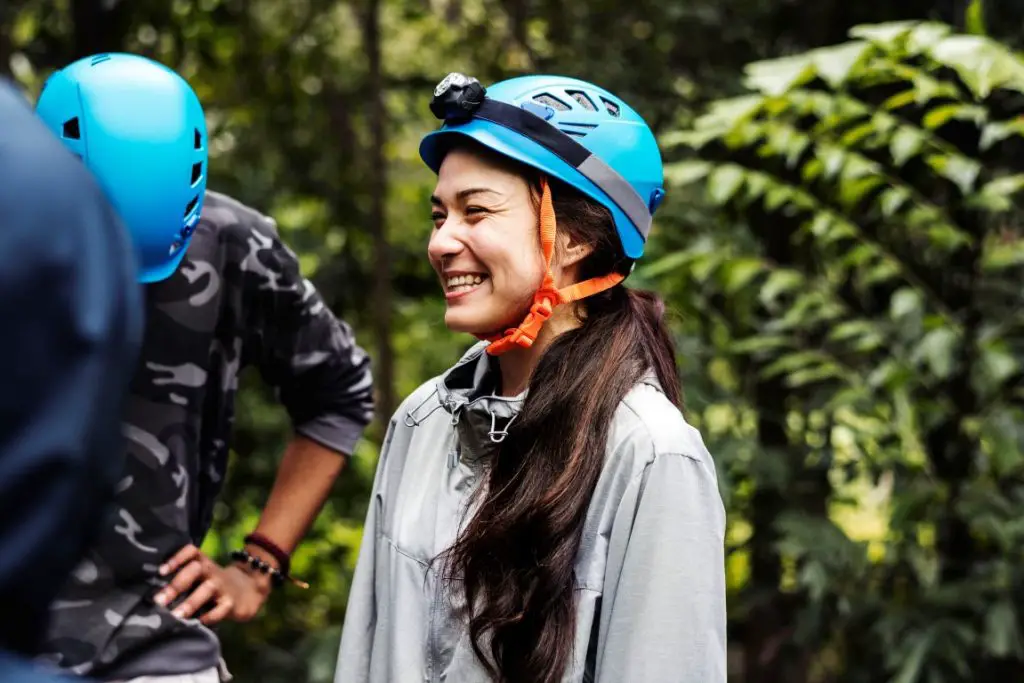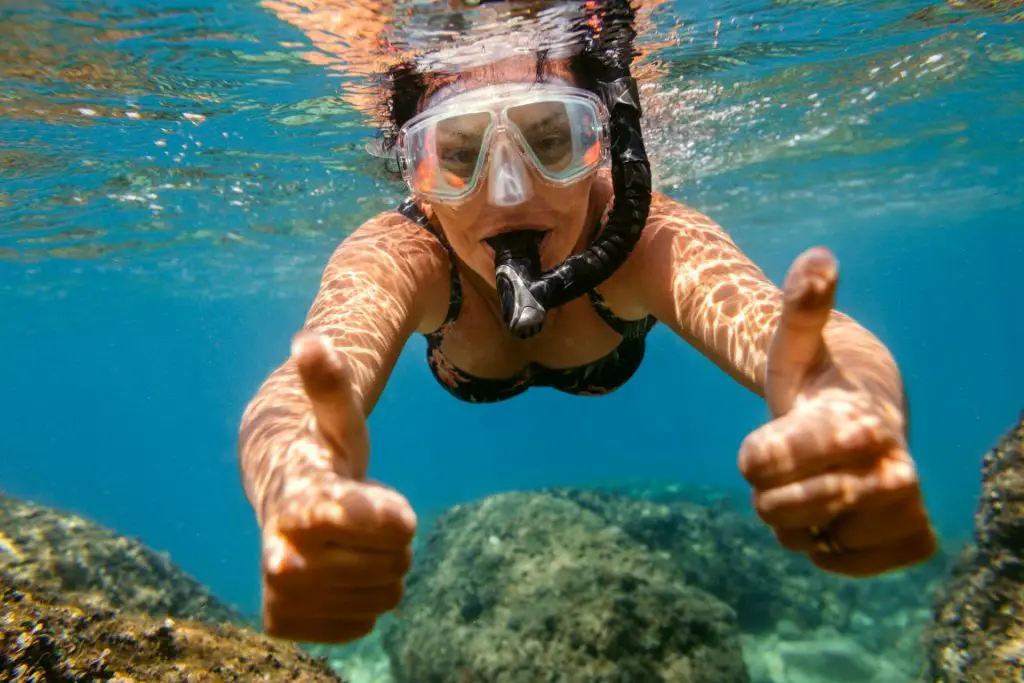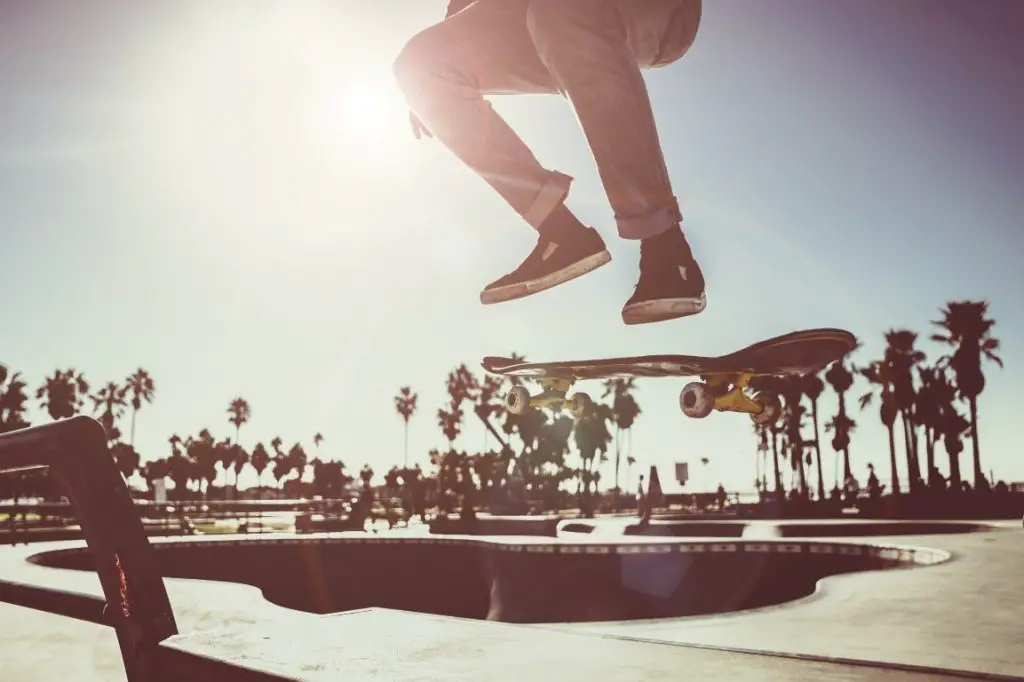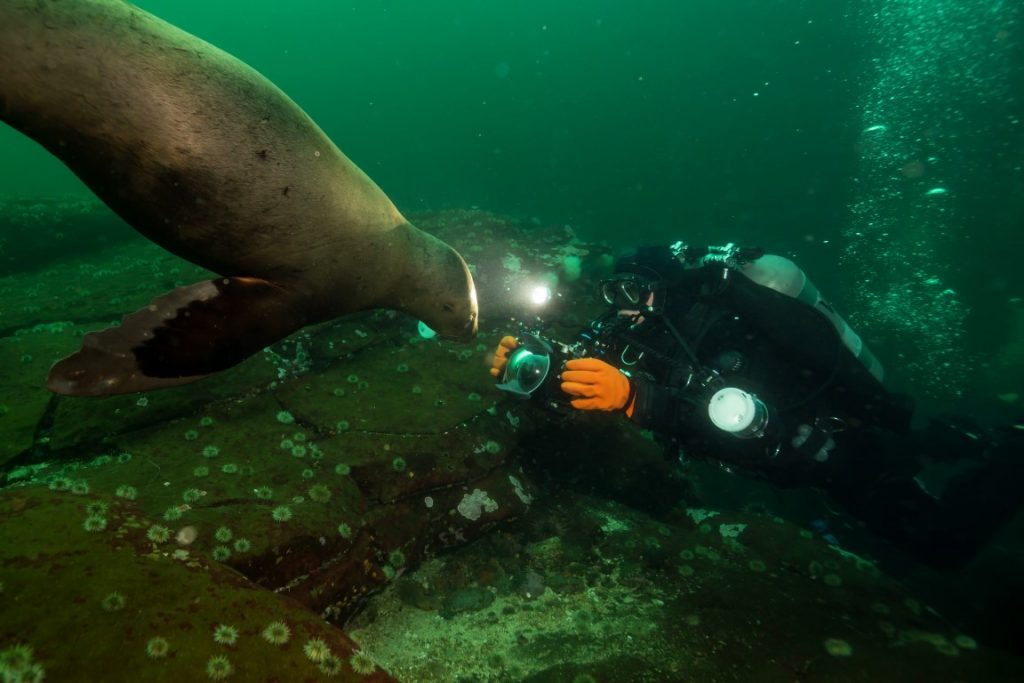
Are you worried that you will not be able to photograph your overnight snorkeling experience? Well, you do not have to worry because all your misery will end in this article.
We will discuss all the possible tips and tricks that you can apply to photograph underwater life at night. And all possible types of equipment you will have to carry on this adventurous trip and how creative you can get. So, check this article out!
Equipment Needed for Night Snorkeling Photography
The equipment that we will see will support day and night photography, so it’s beneficial either way. Therefore, the tools you should buy at all costs are mentioned below:
1. Make Use of Strobe Lights and Focus Lights
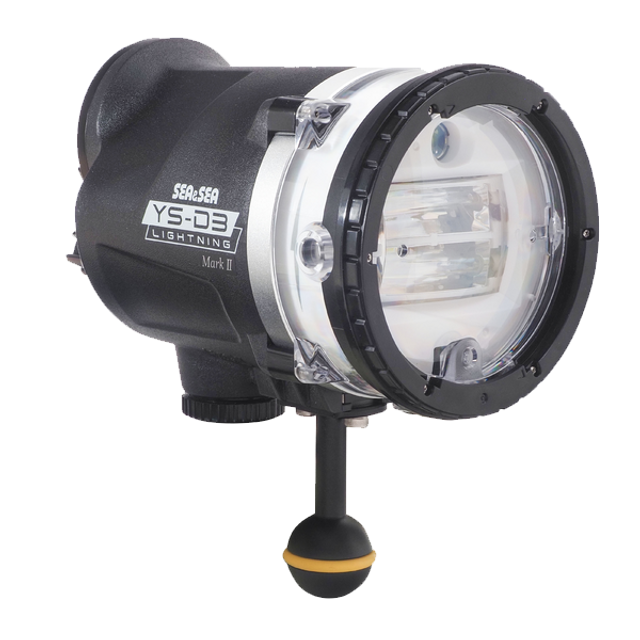
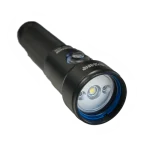
While you need a continuous stream of focus lights for your eyesight and clicking pictures, a strobe light would illuminate the underwater better.
But if you’re buying a focus light, always buy an extra light because you never know when the batteries of the first one die out. You can do more with strobe lights and get totally creative with them.
2. More Lights, Better Lighting
When you buy lights, whether it is focus or strobe, try and buy more than two. Since you are underwater at night, you hardly have any light to see, and depending on just a single light is not a good plan.
Therefore, when you buy focus lights, buy two. For focusing on some area that needs to be photographed, you can direct the strobe light to illuminate that particular area.
3. Selection of the Correct Lens
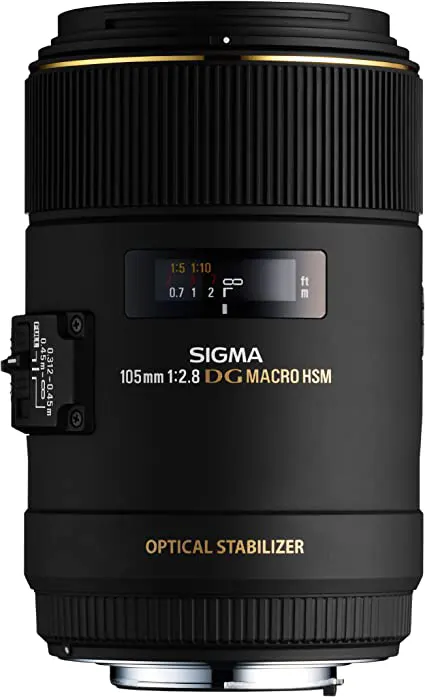
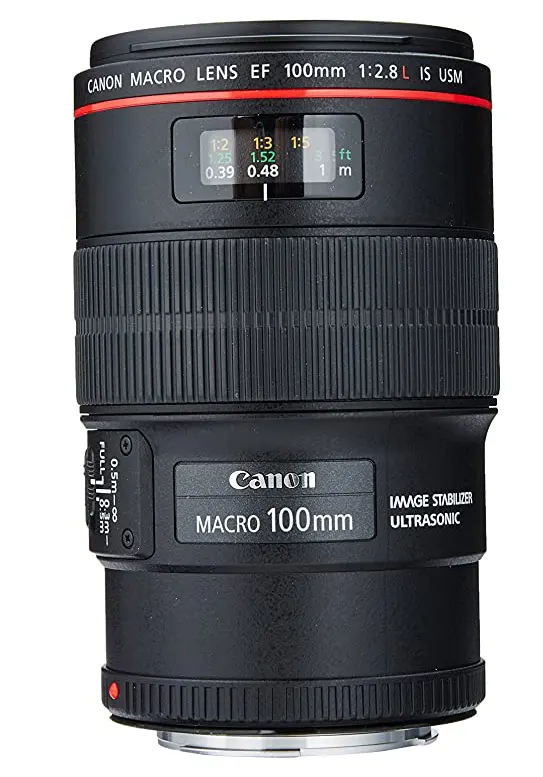
105/100 mm macro lens fits best for photographing underwater at night without less light.
Since you depend on illumination from the focus light, a good lens would ensure a good click regardless of the scarcity of light.
4. Wide Angle Lenses
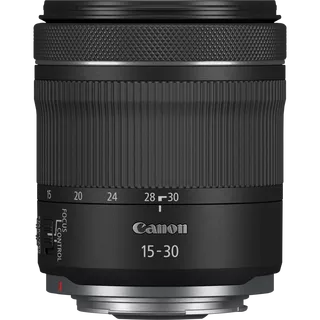
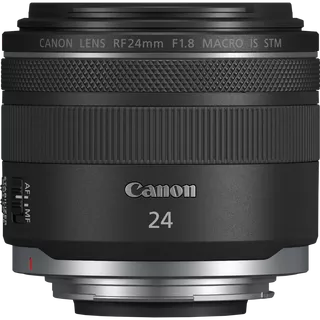
Photographing a single coral reef might not do justice to the other reefs and underwater plants that sit there beautifully.
Therefore, wide camera angle lenses will help get a better-angled picture with proper focus and quality.
5. Mark Essential Buttons on the Camera
As you already know, shooting underwater in absolute darkness will hardly let you see anything probably. Trying to read the buttons would be a hassle you will waste time on.
Therefore, mark the controls with a waterproof marker to help you quickly locate the switch in less light and save time.
Night Snorkeling Photography Ideas
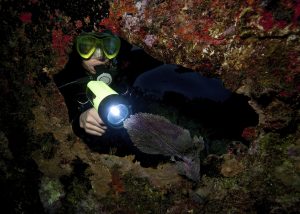
- Plan ahead to capture the most fantastic photo.
- Focus on lighting and buy the best quality strobe lights and focus lights on illuminating the areas you will photograph.
- Notice the marine life and how it interacts with each other. Capture their beauty in their own habitat and get the best from the marine life.
- Get as many macro shots as you can to get the most detailed pictures of patterns and texture on the marine animals.
- Do not be afraid to get deep in the sea and click some of the most spectacular shots. This experience will be one of a kind, so make the best out of it.
Night Snorkeling: Camera Settings
The appropriate camera settings for night snorkeling are:
- Shutter speed: 1/125 – 1/160
- Lense on macro mode with dioptres added from the outside
- The aperture should be set at the smallest number to get enough light in the photo
- Always use the manual settings
- ISO can be at 100 to 200
Underwater Photography Tips: How to Take Night Snorkeling Photos
Regardless of holding a camera or its equipment, you have to be comfortable and confident enough to survive snorkeling on your own. Once you master that, you’ll be able to shoot the underwater scenarios comfortably.
1. Dusk
Dusk is the best time of the day to click pictures underwater since it is not pitch black and the colors of the sea are mesmerizing to look at minutes before the sunset.
You will see a transition of the day and capture the beauty of the sea in all its glory.
2. Strobe Lights with a Fast Shutter Speed in the Camera
This will ensure that you get the proper lighting and click a stable and focused picture with a fast shutter speed.
The shutter speed is closed because it will capture the most durable frame since the water constantly moves like the creatures in it.
Since the light is limited at night, a 1/160 s shutter is sufficient.
3. Buy a Continuous Light
That you can use throughout your shoot. You can get creative with the focus light and focus on a single subject like a fish or a coral reef and photograph them.
Do not turn on the strobe light when clicking a photo with just the focus light. Shutter speed can be at 1/80s to let the continuous light get in the image.
4. Capture Animals in Their Natural Habitats
Underwater is only 2% discovered, and capturing the natural behavior of all the majestic species would be the most creative thing you have ever done. Snorkeling in itself is an intense experience that you do not forget.
Imagine capturing that experience in a photograph and seeing fishes and other sea creatures carry out their most mundane activity in pure bliss, unaware that you are clicking them.
5. Make the Most of the Black Background
Because this is the rarest opportunity you will ever get to click a subject super focused. You can click the most extraordinary photo of the rarest kind of species underwater.
6. Strobe Lights
Strobe lights are the best when it comes to clicking amplified pictures. It brings out the most detailed structure, and you will be thankful you kept a strobe light. Get creative with it!
Wide-Angle at Night – Underwater Photography
Clicking photographs underwater is tricky already but using a wide-angle lens at night is more complex. It will take a lot of practice to understand all the settings like lighting, composition, f stops, etc.
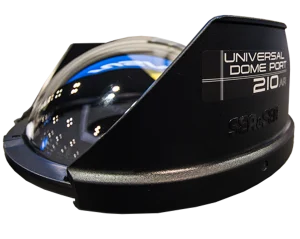
Source: bluewaterphotostore.com
Buy a dome port attached in front of the wide-angle lens to get an excellent wide-angle photo of the beautiful marine life. But to capture a good shot, try to focus on a single subject with an already sizeable black background.
Keep the exposure at the lowest setting since it can ruin an already perfect picture. Also, since you’re using strobe lights, the perfect lighting from the strobes would be destroyed if you used the exposure settings.
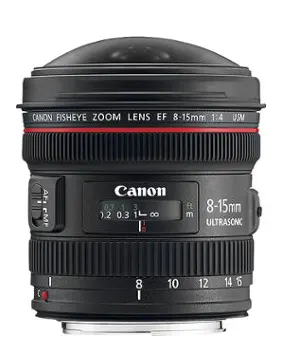
Source: bestbuy.com
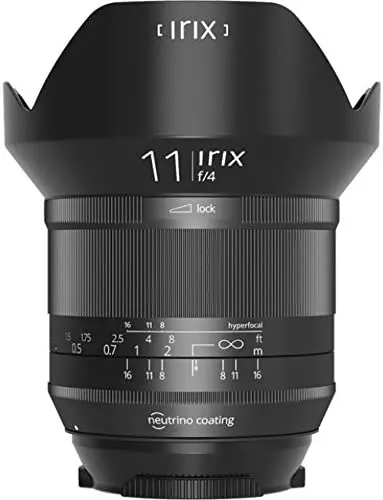
Source: amazon.com
There are two lenses to choose from: fisheye and rectilinear lenses. You must understand the use of both and buy accordingly.
Conclusion
You can be a professional snorkeler and a photographer if you plan ahead and prepare yourself to the dot. Capturing photographs can be tricky if you’re a novice, but if you’re thinking of clicking the underwater life, then it is challenging.
However, it is not impossible; therefore, plan ahead and buy the correct equipment, learn how to use them properly, and you’re good to go. Just be brave and take on this experience and have fun with it!
Justin Parker is a professional photographer and has been in the industry since 2007. He attended the University of Georgia. Justin combines his passion for photography and his interest in writing to give life to this blog which talks about photography in order to help and inspire young photographers.

